I believe that the French had a Chatellerault belt feed for the HS404 by 1940. It was the basis of later British belt-feed systems.
They indeed have developed it, but it was not used on French fighters.
I believe that the French had a Chatellerault belt feed for the HS404 by 1940. It was the basis of later British belt-feed systems.
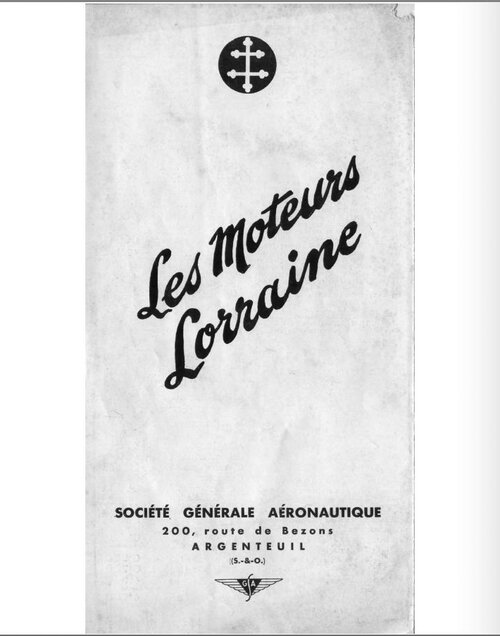
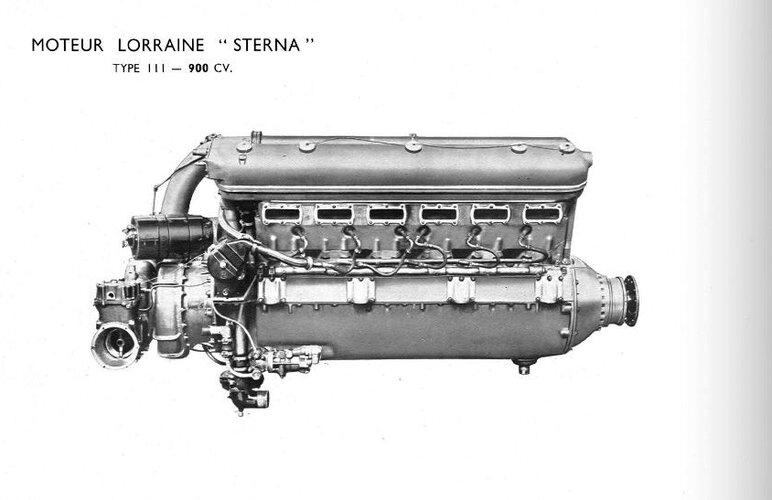
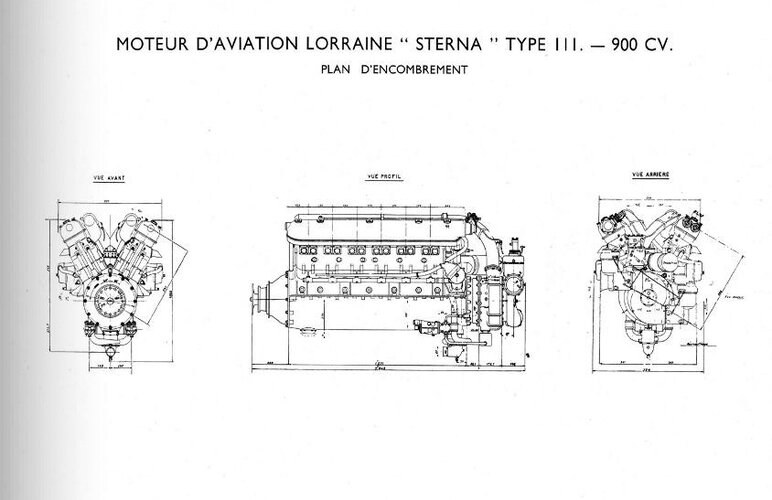
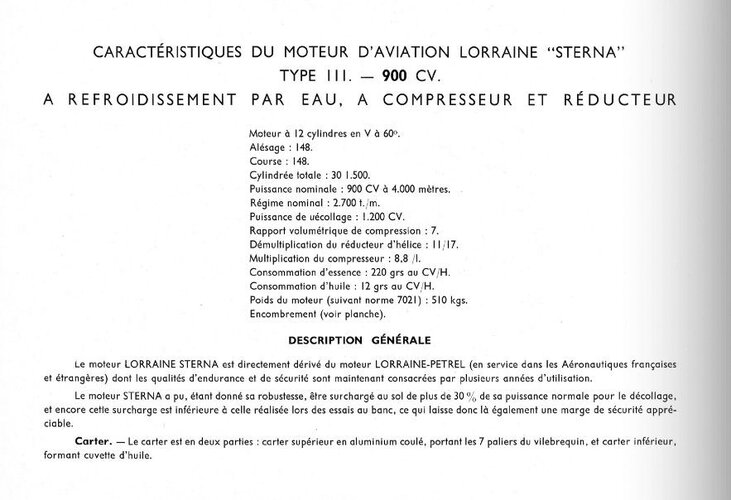
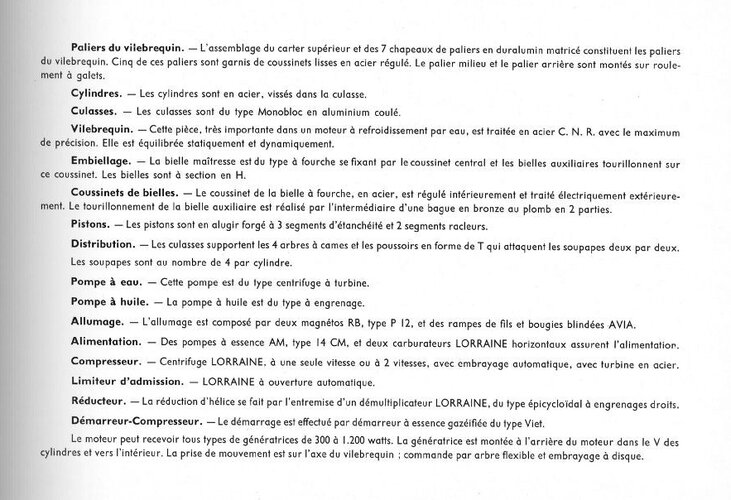
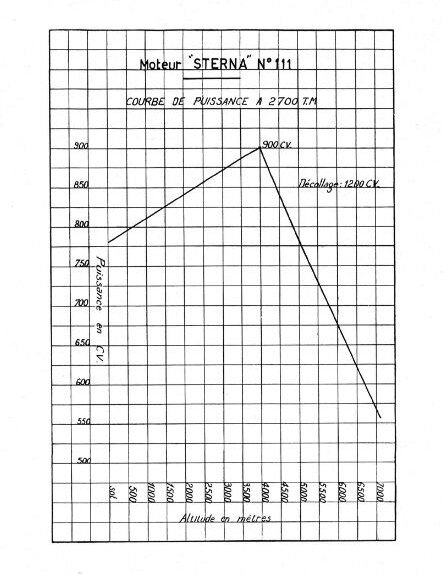
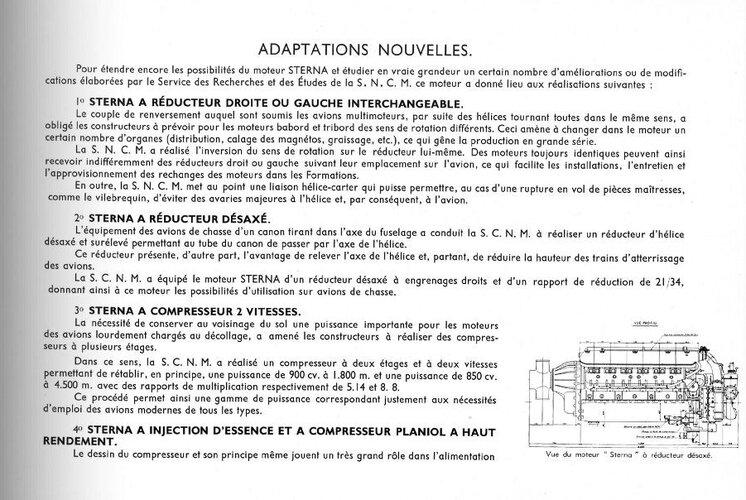
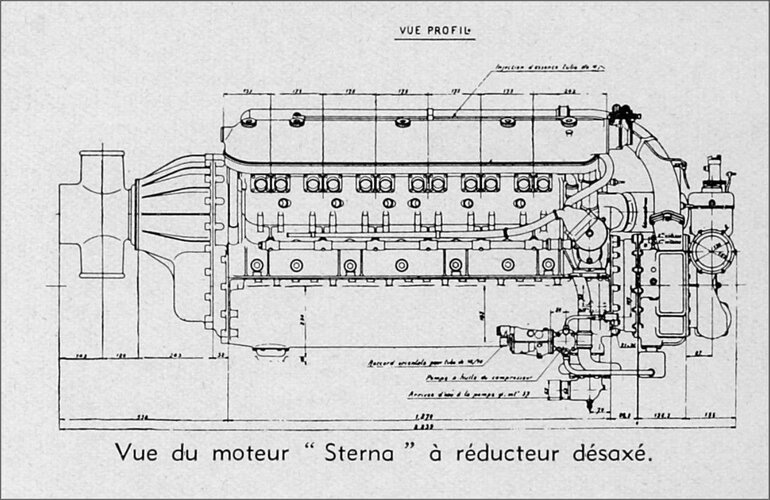
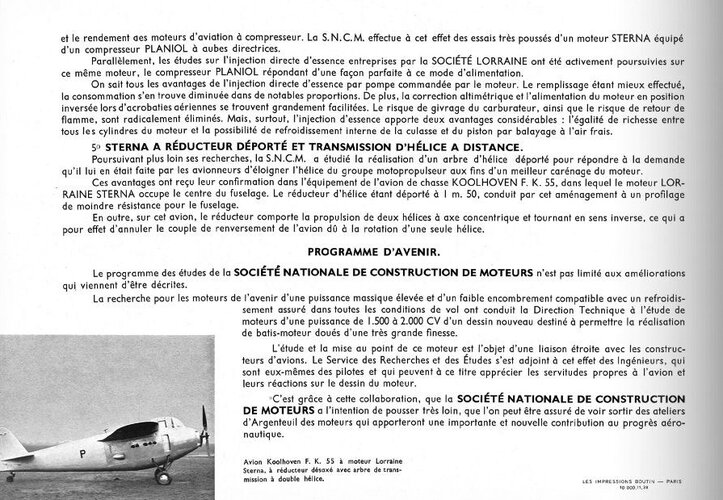
What about a better engine than the HS12Y? While the Russians and Swiss did wonders with it, it never became the equal of the Merlin, DB, or even Allison. If the French government and industry had supported the French Schneider Trophy efforts to the extent that Britain did, perhaps they might have made something of the Renault 12Ncr, an enlarged Delage 12GVis, or the Lorraine 12Rcr Radium racing engines.
I agree that the lack of interest in the Schneider Trophy led to a lack of interest for powerful, large engines. The focus on the Deutsch Trophy conversely didn't help either because France didn't produce any of the tiny light fighters with small engines in huge numbers.What about a better engine than the HS12Y? While the Russians and Swiss did wonders with it, it never became the equal of the Merlin, DB, or even Allison. If the French government and industry had supported the French Schneider Trophy efforts to the extent that Britain did, perhaps they might have made something of the Renault 12Ncr, an enlarged Delage 12GVis, or the Lorraine 12Rcr Radium racing engines.
True.There were planned / flown variants of Dewoitine D-520 with Merlin and V-1710. Same for the Arsenal VG-30 series.
What about a better engine than the HS12Y? While the Russians and Swiss did wonders with it, it never became the equal of the Merlin, DB, or even Allison. If the French government and industry had supported the French Schneider Trophy efforts to the extent that Britain did, perhaps they might have made something of the Renault 12Ncr, an enlarged Delage 12GVis, or the Lorraine 12Rcr Radium racing engines.
Unlike the Merlin and DB-601, indeed the 12Y was at the end of its development rope.
I suppose that depends on how you define "loosely". To my non-engineer eye, the Klimov engines were similar in all major respects--and, despite some brilliant engineering workarounds, fundamentally limited by the underlying design.12Y-51 with compressor had 1085 hp but would go nor further. Same for the Swiss variant, Saurer needed a new engine to go to 1430 hp; same for the Soviet M-100/103 : M-105 / VK-107 were only loosely related.
To be fair, it was never seriously developed. It was new in 1939, at a time when the the Merlin was (or at least quite recently had been) still giving problems. It sat out six years of war. It ony resumed development, briefly and half-heartedly, at a time when better engines were freely available as surplus and military piston engines--especially liquid-cooled V-12s--were obsolete.12Z was to be THE engine, but never worked properly, in 1939 or 1946.
I have to disagree. In its time, the Hisso was a great engine. But it was designed to an old formula and old requirements. It was a low- to medium-altitude engine with an emphasis on large displacement and relatively light weight as a means of getting acceptable performance without the complexity, weight, and lengthy development cycles occasioned by gear-driven superchargers. Arguably, this meant that France at least had a working engine in 1939. Remember that the Italians could not get any of their small-displacement, highly supercharged engines fully developed and into production before the war, despite the extensive expertise of Isotta-Fraschini, FIAT, and Alfa-Romeo. The British had a lot of trouble with Merlin combustion and could be seen as plain lucky.Hispano Suiza sucked. The Front Populaire nationalized and played haoc with airframes manufacturers, but left the engine makers untouched. I've heard horror stories about Hispano-Suiza and Gnome & Rhone bosses...
Fascinating thread. In relation to iverson's comment #42 I've long wondered what could be done with the Lorraine 'Sterna' engine. Lorraine were technically innovative, though IIRC the 'Radium' was a bit twitchy. The Sterna was oversquare at 148 X 148 mm and had a two speed supercharger but turning at a comparatively sedate 2700 RPM produced 900 hp.
View attachment 667473View attachment 667474View attachment 667475View attachment 667476View attachment 667477View attachment 667478View attachment 667479View attachment 667480View attachment 667481
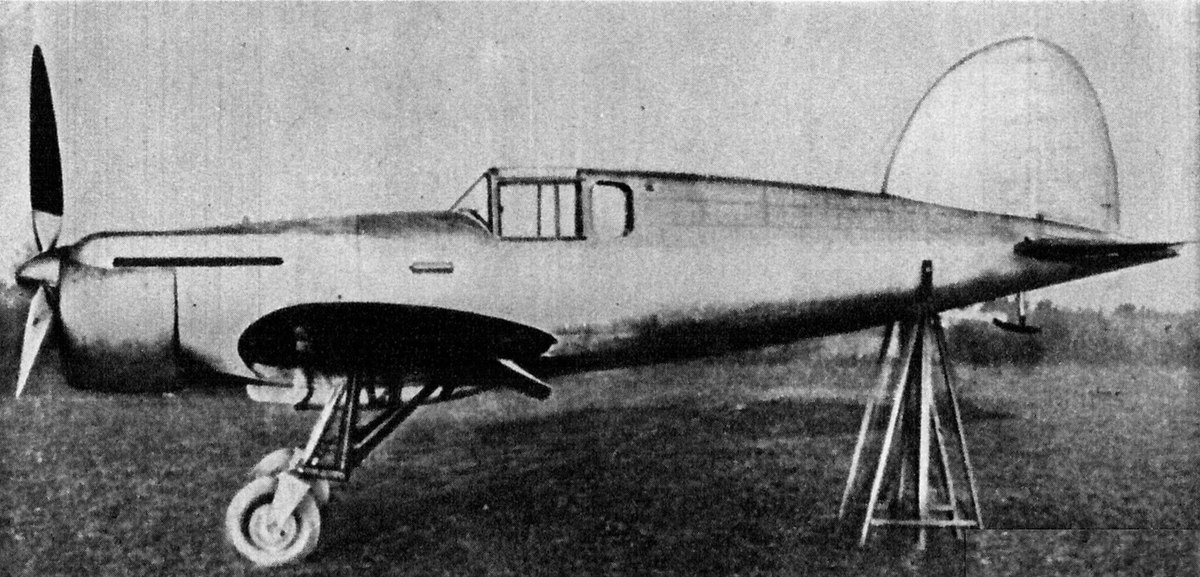
I didn't mention the otherwise interesting Sterna because it appears to represent the same general design philosophy as the HS12Y and had the same sort of development history--without the latter's commercial success (I suspect that there is a reason for that).Fascinating thread. In relation to iverson's comment #42 I've long wondered what could be done with the Lorraine 'Sterna' engine. Lorraine were technically innovative, though IIRC the 'Radium' was a bit twitchy. The Sterna was oversquare at 148 X 148 mm and had a two speed supercharger but turning at a comparatively sedate 2700 RPM produced 900 hp.
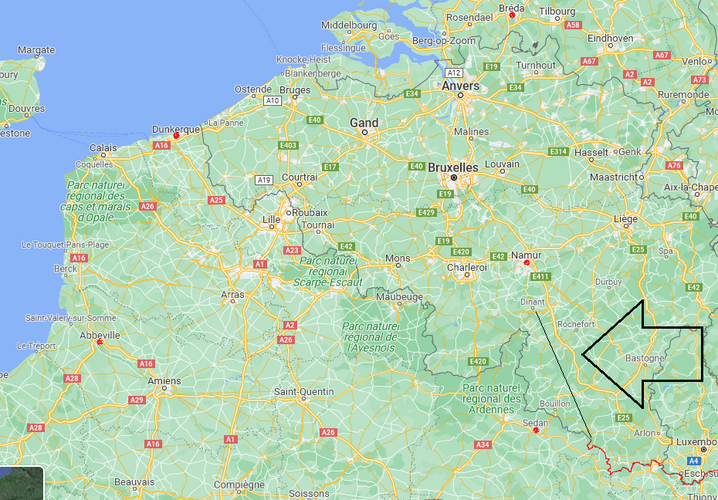
MS-406s and MB-152s pilots tried that repeatedly, only to be butchered by flak.
1940 theater of operation, via google maps.
<snip>
What is pretty amazing is how von Manstein
a) picked the northern tip of the Maginot line: La Ferté
b) added some gun range / safety margin
c) broke the front right there
<snip>
The place that its inhabitants, in their ignorance, call Dover. Douvres got of lightly. Consider the poor, ignorant populace of the Danish capital, who think it is called København. *Nobody* outside Denmark agrees with them. Or with each other...What the hell is a Douvres?
The place that its inhabitants, in their ignorance, call Dover. Douvres got of lightly. Consider the poor, ignorant populace of the Danish capital, who think it is called København. *Nobody* outside Denmark agrees with them. Or with each other...What the hell is a Douvres?
MS-406s and MB-152s pilots tried that repeatedly, only to be butchered by flak.
Do we have some concrete numbers on that?
1940 theater of operation, via google maps.
<snip>
What is pretty amazing is how von Manstein
a) picked the northern tip of the Maginot line: La Ferté
b) added some gun range / safety margin
c) broke the front right there
<snip>
It isn't all that amazing. The Germans did essentially the same thing in 1914, based on a plan going back to the aftermath of the Franco-Prussian War of 1870.
France strengthened its border defense in the aftermath of its 1870 defeat--so much so that German strategists doubted the possibility of penetrating them quickly and at reasonable cost. Historically, German professional armies were relatively small compared to the huge forces that republican France could raise though mass conscription and use of its colonial troops. So Germany had to settle any war quickly, before France's full resources could be brought to bear. The German strategist Von Schlieffen thus planned to outflank the French border defenses by attacking through neutral Belgium and Holland, a plan Germany followed, in modified form, when it invaded Belgium in 1914.
By 1940, the Maginot Line protected the French frontier with Germany so much more effectively than the earlier French forts had that there were not a lot of alternatives to Schlieffen's strategy. It has been common to denigrate the Maginot line forts because they did not win the war for France. But this ignores the fact that they successfully sealed the border with Germany, just as they were intended to. The Germans certainly had no illusions about their strength. The German Army had carefully inspected Czechoslovakia's French-inspired "Baby Maginot Line" and had practiced assaulting some of its strongponts. The strength of even these lesser positions left them in little doubt of the likely outcome should they mount a frontal assault on the French originals. Remember, Patton's troops had trouble breaching even the rear faces of Maginot line positions, which were designed to be thin enough to facilitate French counter attacks. The US Army had to use point-blank, direct fire from 155-mm heavy guns to break through and dislodge the Germans inside.
The French did not neglect to plan for a flanking movement around the Line, either. They simply considered the Ardennes forests and the wet low ground along the Belgian border to the northwest unsuitable for Maginot-style construction. So, in the run up to any future war, they envisioned preparing a line of field fortifications, in depth, from the terminus of the Maginot Line proper to the Channel. With its right flank protected by the Maginot Line, a French field army could deploy behind the field fortifications and hold up the German attack while France mobilized. Once the front stabilized, with Germany's forces fully committed in the northwest, French mobilization would complete. At that point, superior French forces could hold the line to the north while advancing through the Maginot Line to strike deep into a relatively undefended German heartland, outflanking the invaders and ending the war.
Had the French constructed the planned field fortifications in 1938 and 1939 and had they deployed infantry and armor accordingly, Nazi Germany might have collapsed under the shock of defeat in 1940. Unfortunately, the political and economic situation in France does not seem to have been hospitable to decisive action.The French Right was already sympathetic to fascism. The Left was, at best, justifiably suspicious of the government's intentions. Moreover, successive governments clung to the idea that an expensive and time-consuming program of field fortification would be unnecessary: surely, when push came to shove, Belgium would abandon its neutrality and allow French troops to occupy its territory, either prior to the actual outbreak of hostilities or soon after, while Belgium's own, supposedly formidable fortifications held up the German advance. Unfortunately for France, Belgium took its own, perceived national interest and its declared foreign policy seriously, while it's fortresses proved all too easy to defeat.
Unfortunately no. Just like Soviet pilots raming their adversaries later in the war, it was a case of desperate measures (and personal initiatives) after June 5-8, when the Weygand defensive line north of Paris started to crack and Paris itself was declared an "open city".
After Dunkirk France was left with 64 infantry divisions versus 142+ for Germany...
MB 152s also have twice the cannons per A/C.Plus the in-line engine types like the MS-406 being whoefully unsuited to that job, just like Mustangs were - because of that glycol radiator on their bellies... no such issue for MB-152s.
And a radial engine to protect the pilot.
Unfortunately Morane was agonizing slow in delivering MS-406s between 1939 and 1940; with the Curtiss and Blochs they were the one and only modern types available.
So once again, none of them available to straffing missions...
One truly abysmal example relates to the LN-401 navy dive bombers asked by a Colonel to bomb "some panzers seen somewhere X and Z, two villages 25 km apart".
The dive bomber unit Cdt asks for better coordinates. Only for the Colonel to erupt in anger, saying essentially
"Goddam aviators, they are tasked with the all too simple task of dropping bombs on the ennemy, yet they often ask detail, and more detail."
Another teething issue: a very shitty and slow information loop. Often bombers were sent chasing ghosts of panzers hours after the facts... or dozen kilometers away.
Yes but they are conductive to take bullets and damage in place of the pilot.Radials are not conductive for 'motor-cannon' installations...
Both officers (and their superiors) should've been court-martialed
Absolutely dear archibald,I will say that France at that time was a victim of its own myths: its history, its colonial power, its gold wealth...but what was the point of all this? A debacle. At a time when officers such as de Gaulle cried out for a modern and highly mechanized army, the staffs reasoned by a midieval strategy relying on fortresses, but history has shown that no citadel is impregnable, the "Magic No" line, was a political as well as a military sham to appease the fears of the French people. At the same time that Germany was at the borders of France, the French political and military circles continued to firmly believe that Germany would never attack France, worse (would never dare), they said. I am convinced that "das urteil" should have been greater than that of Pétain. But the post-war policy has seen fit to limit the responsibility to a figure of the first world war.
Interestingly enough, French-language Wikipedia notes 460 km/h for the Potez 630, the English-language Wikipedia notes only 430 km/h. Granted, the former lists the Hispano radials, later the G&R radials, but it seems too much of difference for basically the same horsepower available.The Potez flew at 430 kph and was butchered; the Morane was hardly faster (460 in a very good day).
Potez 63xy really required a much better engine than it was the 700 HP radial (of either company). So we'd probably want the HS 12Y on those, or the 14N?
Conversely, if the 700 HP radials must be used, keep the size modest, certainly not bigger than Whirlwind.
It is hard to keep track about the many French 14 cylinders radials, because they are called "14+a letter" despite being from different builders. Makes my brain bleed as much as keeping track of Su-27 variants (the horror, the horror).
Basically the Potez 631 and Breguet 690, being from a 1934 program, had 700 hp radials - first, Hispano Suiza and then Gnome&Rhone.
Then the same G&R had a much more powerful radial for the MB.174 and LeO-451 and Amiot 350 series: 14N had 1080 hp.
Also MB-152 / 155 series, which de facto was the French 1940 fighter with the most horse power...
To makes matters ever more complicated, there were 14N variants of the Breguet 693 (the Breguets 697 and 700) and Potez 631 (Potez 670). The Potez wasn't worth a development, but the Breguet was great, it really benefited from the 800 hp+ in its assault mission...
